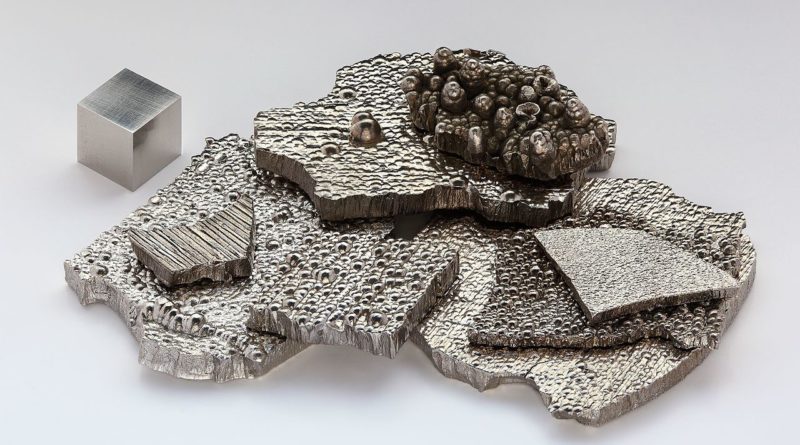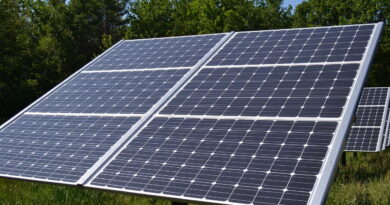Which metals are needed for low-carbon technology?
Clean energy technologies often rely on certain key metals which will be needed if they are to continue to expand. Two metals, in particular, lithium and cobalt, have seen supply chain fears in recent years, although many other metals are used.
Lithium, a soft, silvery-white metal that is also the lightest in the periodic table, is a crucial ingredient of lithium-ion batteries. These are used in everything from smartphones to electric vehicles (EVs), now their biggest consumer. The lithium-ion battery is the battery of choice for most car makers.
Cobalt, a silver-grey metal produced mainly as a byproduct of copper and nickel mining, is another essential component of the cathode in lithium-ion batteries. It also has diverse uses in other industrial and military applications.
Nickel is another ingredient needed for batteries and is expected to form an ever-larger proportion of future batteries. Nickel is already widely used elsewhere, notably in stainless steel, and mines are distributed among many different countries, meaning there is less concern over its supply.
Manganese is also used in batteries, as well as being an essential ingredient in steel and widely used elsewhere.
Copper is used as a conductor for wind power, as well as general wiring, motors, and coins. Both copper and manganese are among the most widely extracted metals in the world.
Rare-earth metals also known as rare-earth elements (REEs), are a group of 17 chemically similar elements. Each has unique properties, making them important components for a range of technologies from low-energy lighting and catalytic converters to the magnets used in wind turbines, EVs and computer hard drives. Neodymium and praseodymium, known together as “NdPr”, which are used in the magnets of electric motors, have particularly been in the news lately, due to rising demand and prices.
Reports from both the US and the EU have labelled REEs, cobalt and several others as critical materials, based on their importance to clean energy, high supply risk and lack of substitutes.
Many other metals are used to a larger or smaller extent in clean-energy production and low-carbon technology. Indium and gallium, for example, are used in the coatings of photovoltaic film and have also been identified by the EU report as critical materials.
A World Bank report released last year counted dozens of metals which could see a growing market with the rising use of wind, solar and batteries. The grid below, from the World Bank, shows the metals explored in its scenarios and their uses in different low-carbon technologies.
Rare metals – those, such as cobalt and REEs, produced in hundreds or thousands of tonnes per year rather than millions of tonnes, such as copper – are now the base of the world’s modern industries, including the clean-energy industry. The world is fast becoming as dependent on these metals as it is on oil.




